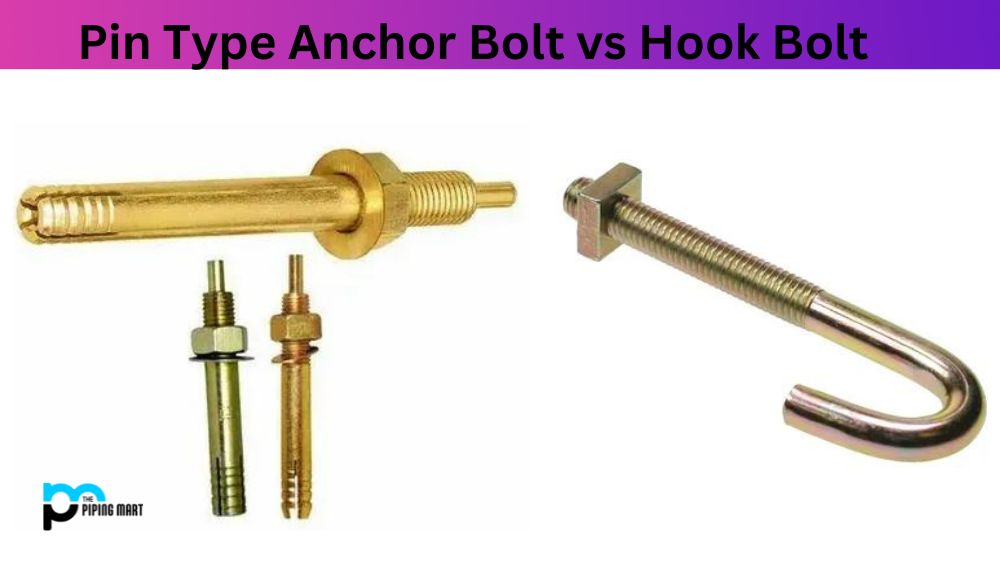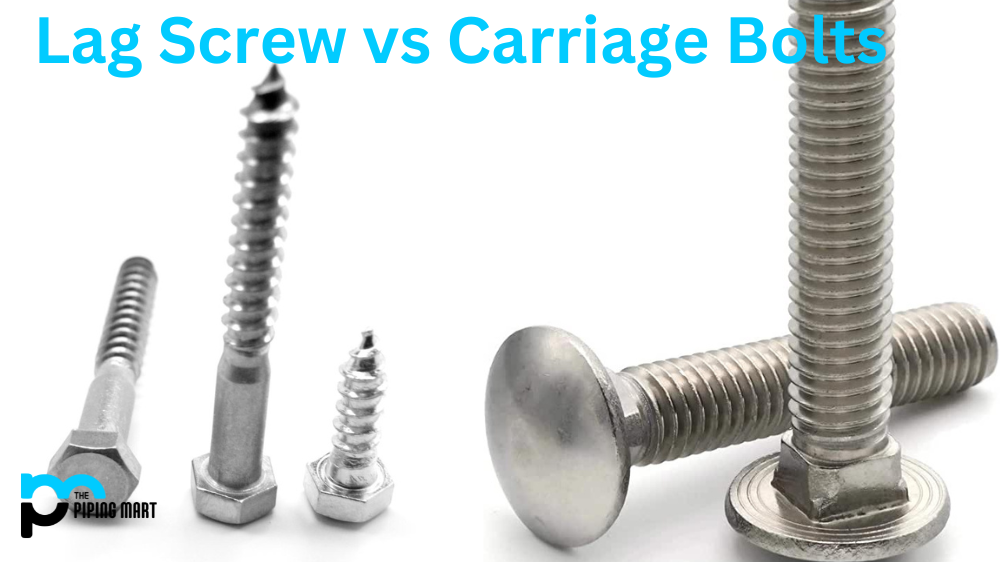Eye and Allen bolts are the most common fasteners in construction and engineering. However, they are not interchangeable, and using the wrong kind of bolt for a particular application can result in damage or failures. Therefore, it is essential to understand the differences between eye bolts and Allen bolts before using them. This blog post will explain the difference between the two bolt types, their applications, and when to use them.
Eye Bolts:
Eye bolts are made from different materials, including stainless steel, carbon steel, and aluminium. They have a loop at one end that makes attaching cables, ropes, and chains easy. They come in different sizes, usually ranging from ¼-inch to 2 inches in diameter. Eye bolts feature either a threaded or non-threaded shank, with the threaded shank being the most common type. They also come in different types, including standard eye bolts, shoulder eye bolts, and machinery eye bolts.
Allen Bolts:
Allen bolts are used in machined parts requiring a smooth and strong fastener. Since most Allen bolts are made from high-grade steel, they offer excellent durability and corrosion resistance. They are also available in different sizes, ranging from a few millimetres to inches in diameter. Allen bolts use a hexagonal socket for tightening, which makes them easy to use in tight spaces. Since Allen bolts have a flat head, they offer a clean, low-profile finish. They come in different types, including hexagonal socket head bolts, cap head bolts, button head bolts, and countersunk bolts.
Difference Between Eye Bolt and Allen Bolt
Shape and Appearance:
The most apparent difference between an eye bolt and an Allen bolt is their shape and appearance. Eye bolts have a circular or oval loop that protrudes from the threaded rod, while Allen bolts have a hexagonal or six-sided head instead of a loop. Eye bolts are ideal for tying equipment, anchoring boats, rigging applications, and hoisting heavy loads. Allen bolts are perfect for fixing flatpack furniture, bicycles, and car engines.
Load capacity:
The load capacity of a bolt is determined by its diameter, material, and threading. Eye bolts have a more extensive load-bearing capacity than Allen bolts because the load is distributed over the entire length of the threaded rod rather than the head. Eye bolts are ideal for heavy loads or lifting applications, while Allen bolts are better suited for light-duty applications.
Installation:
The installation of eye bolts and Allen bolts differs. Eye bolts require a hole to be drilled into the material before installation, while Allen bolts only need a pre-threaded hole or can self-tap into softer materials. Installing an eye bolt involves passing the loop through a hole and tightening the nut. In contrast, an Allen bolt can be installed without additional parts; you only need an Allen wrench.
Materials:
The materials used in making eye bolts and Allen bolts vary. Standard materials for eye bolts include steel, stainless steel, and galvanized steel. Allen bolts are available in various materials, such as steel, brass, nylon, and stainless steel. The application and the environment determine the material used to make the bolt and its corrosion resistance, tensile strength, and load-carrying capacity.
Applications:
Eye bolts and Allen bolts are different in terms of the applications they are used for. Eye bolts are widely used in rigging applications, such as securing loads, anchoring boats, and hoisting equipment. Allen bolts are perfect for DIY projects, assembling furniture, and securing machinery. Both types of bolts offer unique advantages and should be used in their proper application.
Conclusion:
In summary, eye and Allen bolts are two of the most common fasteners in engineering and construction. Their differences make them unsuitable for specific applications and not interchangeable. Understanding the differences between eye bolts and Allen bolts is essential in selecting the right fastener. This blog post has provided valuable insight into the difference between eye bolts and Allen bolts, and you can select the right fastener for your project.

A passionate metal industry expert and blogger. With over 5 years of experience in the field, Palak brings a wealth of knowledge and insight to her writing. Whether discussing the latest trends in the metal industry or sharing tips, she is dedicated to helping others succeed in the metal industry.




